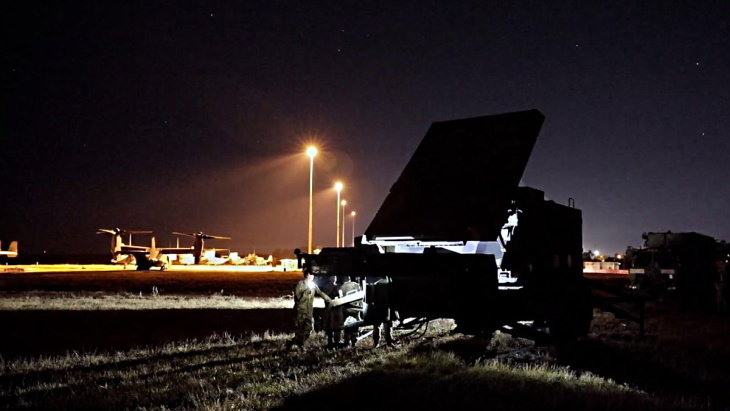The Nuclear Industry Association of South Africa (NIASA) has welcomed the request for proposal (RFP) start date for procurement of new nuclear power plants. It called for localization to be a key factor in the selection of a vendor through a "fair and transparent" procurement process.
South Africa's Integrated Resource Plan for 2010-2030 calls for construction of 9.6 GWe of new nuclear capacity - supplying 23% of the country's electricity - with the first reactor to come online by 2023. Energy minister Tina Joemat-Pettersson told parliament on 7 September the long-awaited RFP for procurement will be issued on 30 September.
"Nuclear is an efficient and environmentally safe way to generate sufficient baseload power for our rapidly growing energy demands and necessary to grow our economy. It is not the only solution, but a critical component of the entire energy mix," NIASA said in response to Joemat-Petterson's announcement.
The South African cabinet gave the Department of Energy permission to issue the RFP in December 2015. Five reactor vendors are expected to be invited to submit proposals: China's SNPTC, France's EDF/Areva, Russia's Rosatom, South Korea's KEPCO, and the USA's Westinghouse. South Africa has signed intergovernmental agreements with all five countries concerned. Proposals are to specify reactor design, the degree of localization, financing and price.
NIASA said it supported calls for transparency in the nuclear new build program "in its entirety", but further called for an emphasis on local content and skills development as "founding principals" for selection of the winning vendor, or vendors, in order to secure "tangible development and meaningful employment" in the communities where the plants will be built and in the country as a whole.
"The nuclear project will not only support industry and create much needed employment, it will also create a platform upon which our economy can grow and develop," Knox Msbenzi, NIASA managing director, said.
The association also called for a "more robust debate" and "meaningful public participation in all key decision making milestones" throughout the procurement and construction process, taking into account lessons learned from previous large-scale South African infrastructure projects. "As a country we have experience of large-scale projects and we have varied experts to advise and guide us towards the successful delivery of the project over the next 20 years. We can draw valuable insights from both our successful projects, and the not so successful ones, and improve on our performance accordingly," Msebenzi said.
A final funding model for the project will be developed after the RFP process has been completed. NIASA said RFP and the responses of vendors would indicate the cost of the project and inform the debate on financing and risk mitigation models. "Whichever model is chosen, it should ideally have sufficient flexibility to allow for adjustments to the timing of construction of the fleet over the planned horizon.’ Msebenzi said.
Earlier this year South African utility Eskom, operator of the country's existing nuclear capacity at Koeberg, submitted site applications for nuclear installations at Thyspunt, in the Eastern Cape, and Duynefontein, in the Western Cape, to the country's National Nuclear Regulator. The applications are now undergoing public comment as part of the regulator's public participation process.
Researched and written
by World Nuclear News




_69218.jpg)

_50545.jpg)
_28367.jpg)
_76087_55556.jpg)




